Some of the most beautiful sights in the world can be found outdoors. Most of them, though, take quite the trek to reach. In many ways, the challenge of reaching the best views is what sets them apart as the best, but there's also great value in the journey itself.
These merits (combined with a relatively low bar of entry in terms of gear and experience) make hiking a favorite activity around the world, and one of our favorites here at Kizik too.
While hiking isn't a gear-heavy outdoor activity, it still requires proper planning and equipment for a smooth, enjoyable trip. The more challenging your trail of choice, the more this rings true.
Everything you bring with you deserves informed preparation, from your shirt and shoes to your backpack, snacks, and water supply. After all, you can't afford dead weight, or your hike becomes exponentially harder.
We're shoe specialists here at Kizik, and big believers in the active lifestyle too, so today we're going to talk about footwear when it comes to hiking. Our guide below covers the most important considerations to help you make the best decision for whatever kind of hike you're heading out on.
Let's get started!
Women’s and men’s hiking shoes: features to look for
Before we cover common kinds of men’s and women’s hiking footwear, let's quickly cover the most important aspects of any style you take to the trail. The features that all the best hiking shoes share include:
- Comfortable insoles that won’t cause blisters
- Supportive midsoles and grippy outsoles
- Durability
- A solid toe box
- Moisture management to keep your feet dry while trekking
- Traction
Comfort
Unlike casual shoes for everyday life, trail shoes specifically need to keep you comfortable under exceptionally harsh circumstances, where your feet take the brunt of the beating. While some hiking shoes have an uncomfortable break-in period, others, like slip-on Kiziks, are comfy from day one. A number of the features below contribute to overall comfort.
Support
Sole support is a must-have. You won't be walking on sidewalks while lugging your hiking gear, after all. Trail terrain may vary in roughness, but all levels aren't suited for an unsupported foot. A balance between durability and cushioning is ideal.
Ankle support, while valuable, is considered more of an optional feature, down to the preferences of the individual and the difficulty of the trail. You won't find heavy-duty hiking boots without ankle support, but lighter-weight low-cut styles are more flexible.
Durability
Hiking puts wear and tear on your shoes, far beyond what normal everyday activities would do. Ensure any style you invest in can last. The best hiking boots and trail running shoes will last for years.
Moisture management
Managing moisture, both from the outside environment and from the sweat of your own feet, is one of the key challenges when hiking.
Water-resistant or waterproof materials are popular choices for hiking shoes, especially for those who may be hiking through snow, muddy terrain, or even in wet morning grass. Waterproof hiking shoes can also last longer than their non-waterproof counterparts, especially if you’re trekking in marshes and bogs. A leather upper section might look nice, but it won’t be as resistant to water.
The design of your waterproof hiking boots or shoes should also support breathability. Your body needs to sweat to thermoregulate, but if your feet overheat due to unbreathable shoes, or your sweat-wicking socks aren't getting any air flow to help them dry off, the challenge just increases. On extreme hikes, this could even mean danger.
Traction
Lastly, proper traction is crucial for hiking shoes to ensure you aren’t slipping and tripping every few steps. Not only could poor traction slow you down, but on harder hikes, it might lead to injury also.
Types of hiking footwear
Most people immediately think of heavy-duty, no-nonsense leather boots when they think of hiking footwear. Without a doubt, these are an effective and popular choice, but they're far from the only kind of hiking footwear, and they aren't optimal for every adventure.
Today there are more options than ever before. Even shoes that aren't designed specifically for hiking come with features that make them suited to light day trips.
The four main categories of hiking footwear are:
- Heavyweight boots
- Midweight boots
- Lightweight boots
- Hiking shoes
Though you might be able to infer some differences, we’re going to break them down in detail too.
Heavyweight boots
The traditional shoes for trail days are heavyweight hiking boots. Built to handle the hardest hikes in difficult terrain, where all kinds of environmental obstacles assail your feet, there's one word that can sum up this style: tough.
Most heavyweight hiking boots are made with a variety of high-quality materials. Split-grain leather and suede typically comprise the upper. Nylon is used throughout, and mesh or synthetic panels are mixed within the design to allow some level of airflow, since the primary materials are so insulated.
Another feature of heavyweight boots to consider is support. If you're carrying a heavy pack, you'll need appropriate support between the bottom of your feet and the harsh terrain.
In general, these shoes are long-term investments. Heavyweight boots are durable, thanks to their high-quality materials and constructions, but this also leads to higher costs to acquire them.
For the less-than-hardcore hiking crowd, heavyweight boots might be overkill, and the greater financial investment may not be necessary.
Heavyweight boots also typically take time to break in. Wearing them out on a serious trek before breaking them in could spell real discomfort and spoil the occasion. This style is best for those who have time to plan ahead.
Midweight hiking boots
Striking a balance between the hardcore aspects of heavyweight hiking boots and the great accessibility and versatility of lightweight boots, we find the ultimate all-around style: midweight hiking boots.
Perhaps the most popular among hikers, midweight boots focus on balance. Support should be solid but not too stiff, the soles are strong but flexible, and the overall build is lighter, easier to pack, easier to break in, and easier to afford than heavyweights.
Material quality should be similar to heavyweight boots, but prices tend to be more reasonable since this range is so popular and there are many budget options made available.
In terms of downsides, casual hikers may still find midweight boots a bit too pricey for their needs, and those traveling light may prefer lighter shoes to match and provide lots of free movement.
Lightweight hiking boots
When it comes to value, lightweight boots are perhaps the best. Most casual hikers prefer lightweight boots as they are easier to afford, wear without breaking in, and can handle most of the trails one might head out on for a day hike or weekend trip.
With quality materials, lightweight boots can be very durable, lasting for years, and can fill all the necessary functions of hiking boots to keep you comfortable, dry, thermoregulated, and steady.
The downsides of lightweight boots are that they have a bit less support compared to mid and heavyweight boots. You'll want to look to a higher tier if you're hauling heavy packs or tackling really tough terrain.
Hiking shoes
Though serious hikes call for boots, there are alternatives for light hikes with easy terrain. Hiking shoes fill a niche between versatile trainers and lightweight boots.
Most hiking shoes are made with performance materials, such as synthetics, that are especially breathable and flexible. They are lightweight, mobile, easy to pack, and very comfortable, but don't hold up to hard terrain and weather.
Ensuring you pick high-quality materials is a must. Hiking shoes made with cheap synthetics may not be designed to last.
Today, casual hiking is growing more popular. Many people who live an active lifestyle are also very busy, which means finding time to travel deep into the wilderness on multi-day trips may not be possible. However, easy local trails provide a great opportunity to enjoy some outdoors without going too far out of the way. This is where hiking shoes shine.
How to find the right hiking shoes for you
Are you surprised at just how much choice there is when it comes to hiking footwear? Unfortunately, it’s not a one-size-fits-all scenario, but you can easily narrow things down based on your needs.
The main question depends on what kinds of hikes you plan to do. For harsh terrain, heavy packs, and long trips, heavyweight or midweight boots shine. The easier the terrain, the lighter your gear, and the shorter your trip, the more appropriate lightweight boots or hiking shoes become.
The other questions to consider are budget and schedule. Heavyweight boots come with a bigger price tag but are truly a long-term investment. However, if you’re only going out once a year, midweight boots may be a more efficient buy.
Lightweight boots are even easier on the budget, and should be your first choice if you aren’t planning to venture out into the rough.
If you’re just dabbling in hiking as another addition to a diverse range of hobbies in your active lifestyle, hiking shoes may be the perfect place to start. For some trails, you can simply head out in a pair of durable sneakers, as long as you keep the most important factors in mind: durability, traction, and support.
Hit the trail with Kizik
While our styles here at Kizik aren’t designed specifically for hiking, many of our favorite active styles such as the Limas can double as hiking shoes for an easy trip to the trail on a weekend!
That’s because we focus on practical, super comfortable designs and use high-quality materials that are built to last. Rubber traction pads and our Rabbit Foam® outsoles make styles like the Athens a solid choice for a light trek.
With any pair of versatile Kiziks you buy, you know you’re getting top-notch value. In other words, while hiking boots may only get worn once or twice per season, you’re going to want to wear your Kiziks every day.
Final Remarks
Whether you’re heading out for a hard hike or walking light trails on the weekend, there are great shoes out there for you — you just need to know what to look for! For more footwear guides, keep coming back to our Kizik blog. For innovative footwear, check out our Kizik collections!
Sources:
Thermoregulation: Types, How It Works, and Disorders | Medical News Today
How to break in hiking boots: our guide for preparing your boots for the trails | Advnture


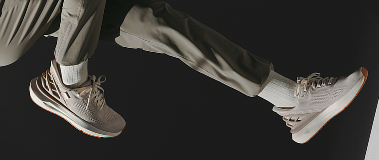
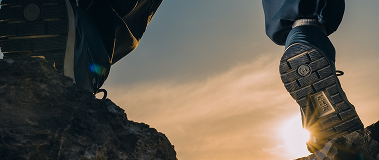

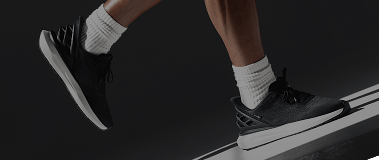
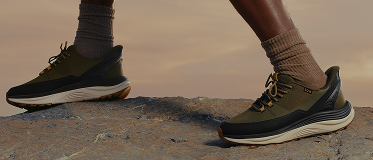
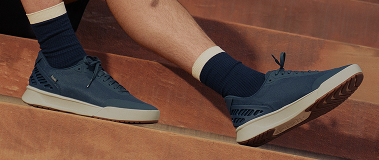
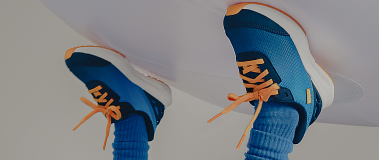
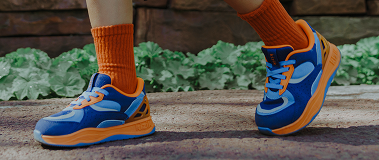
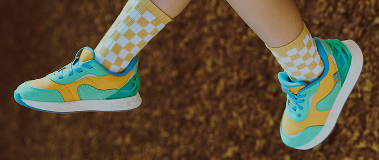
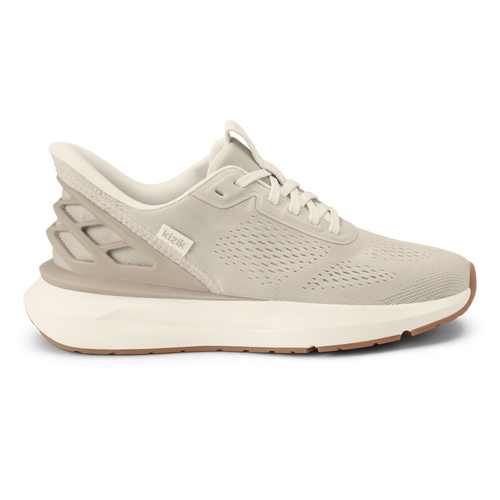

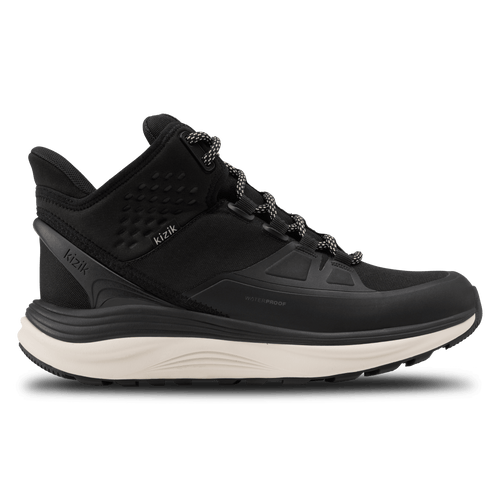

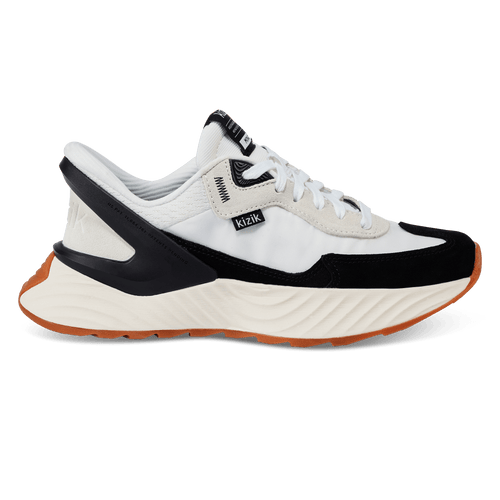


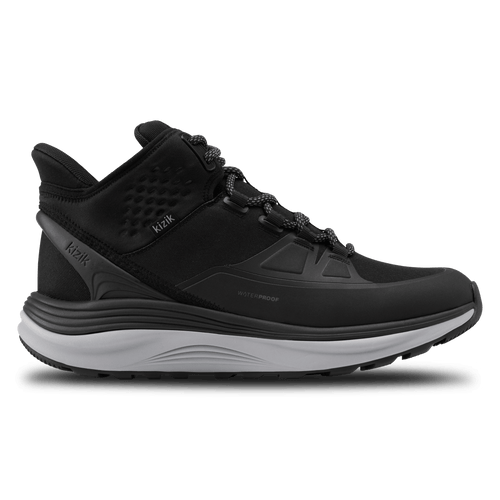
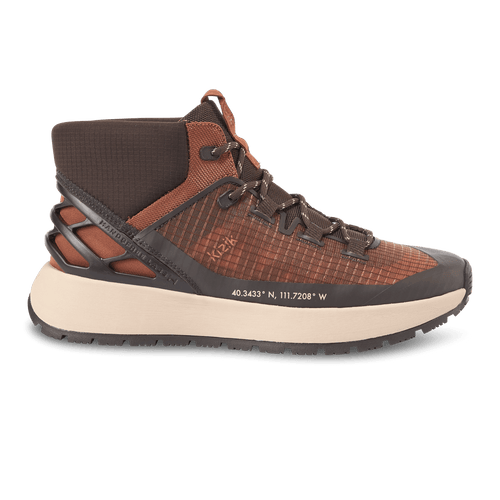

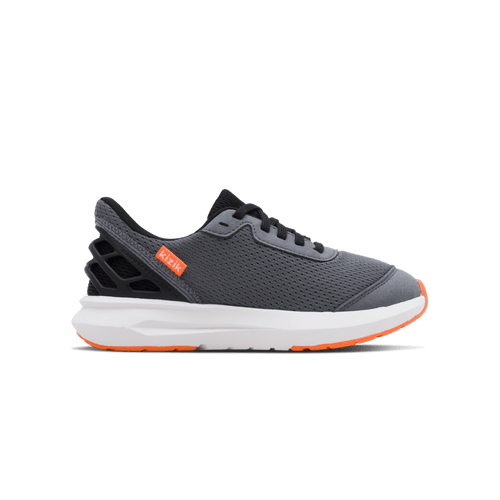

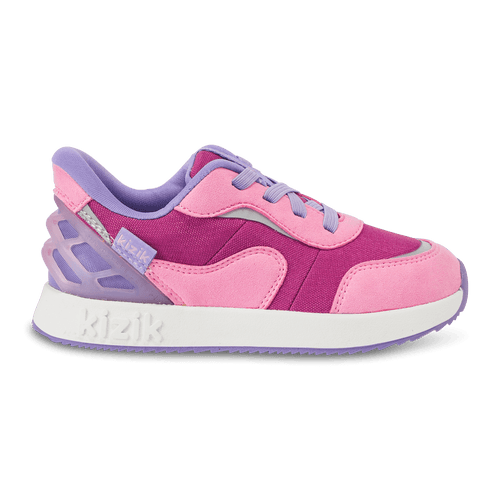

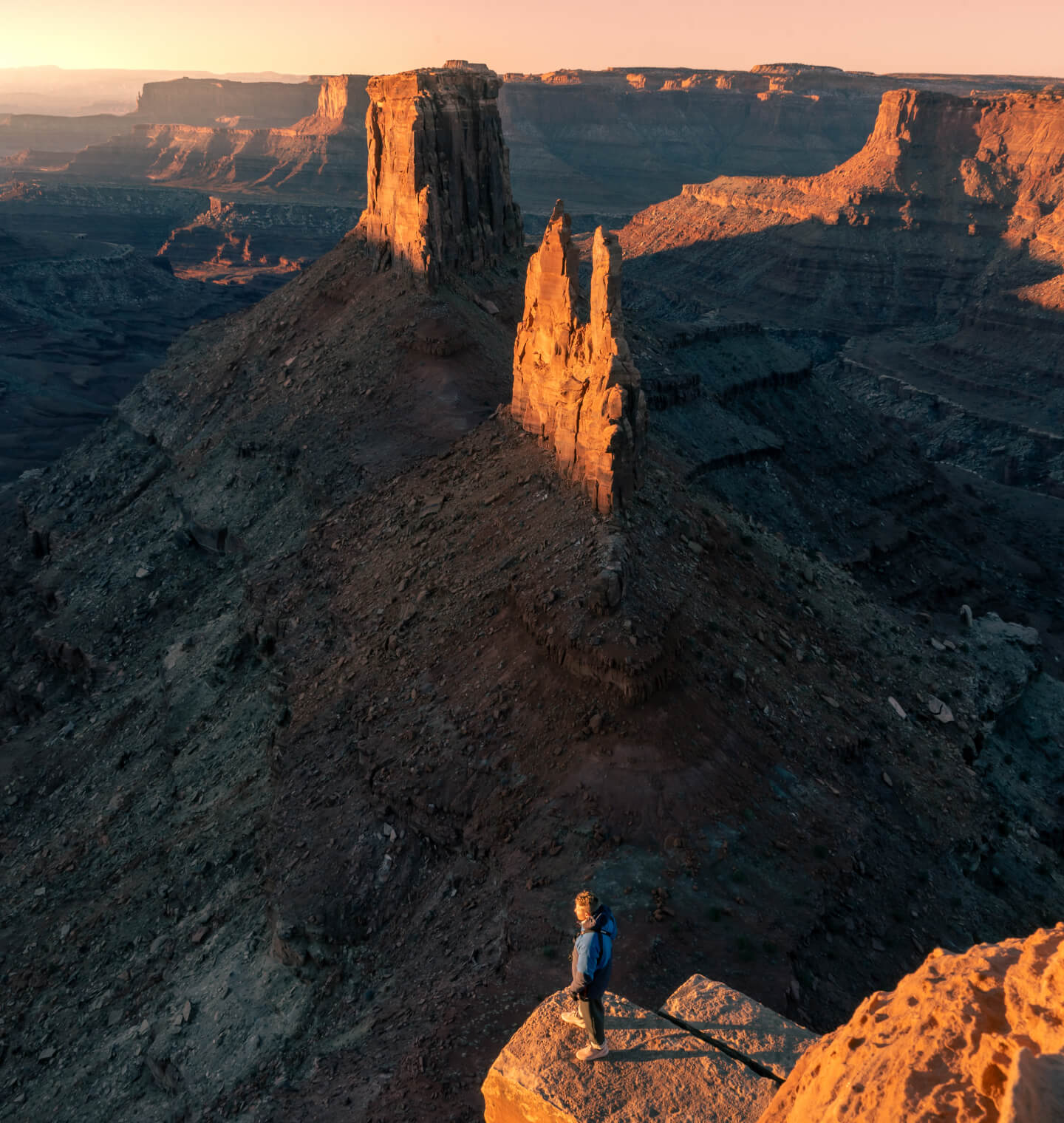

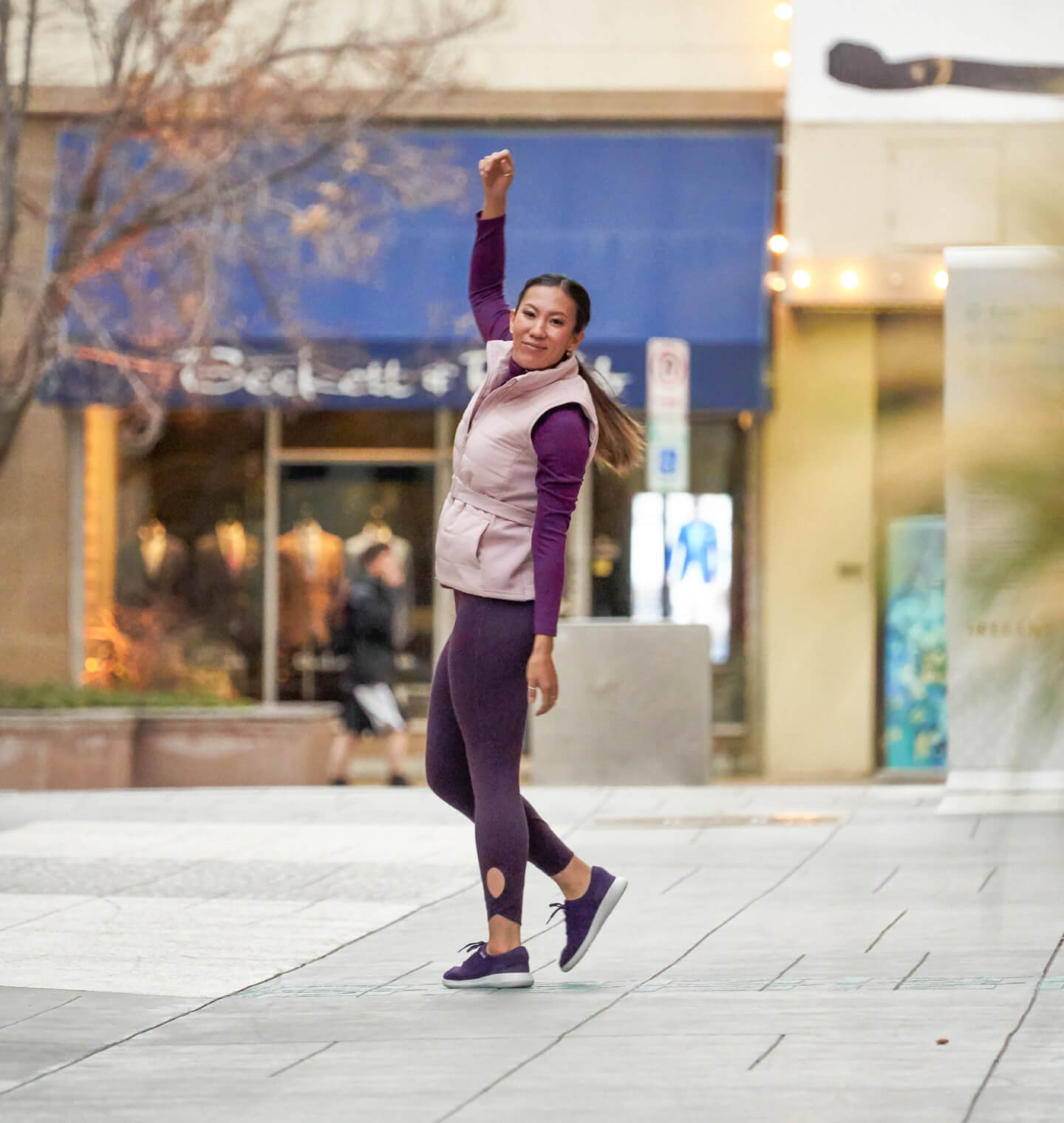
Leave a comment
This site is protected by hCaptcha and the hCaptcha Privacy Policy and Terms of Service apply.